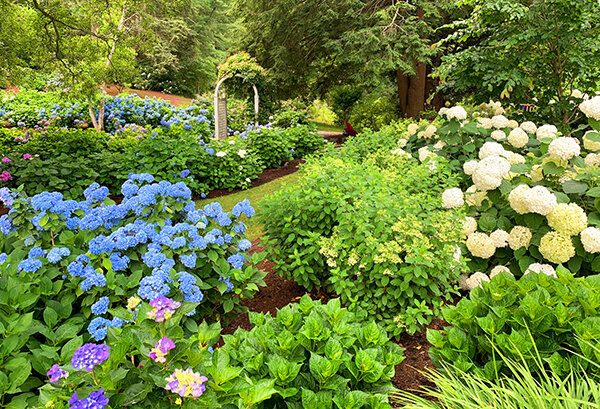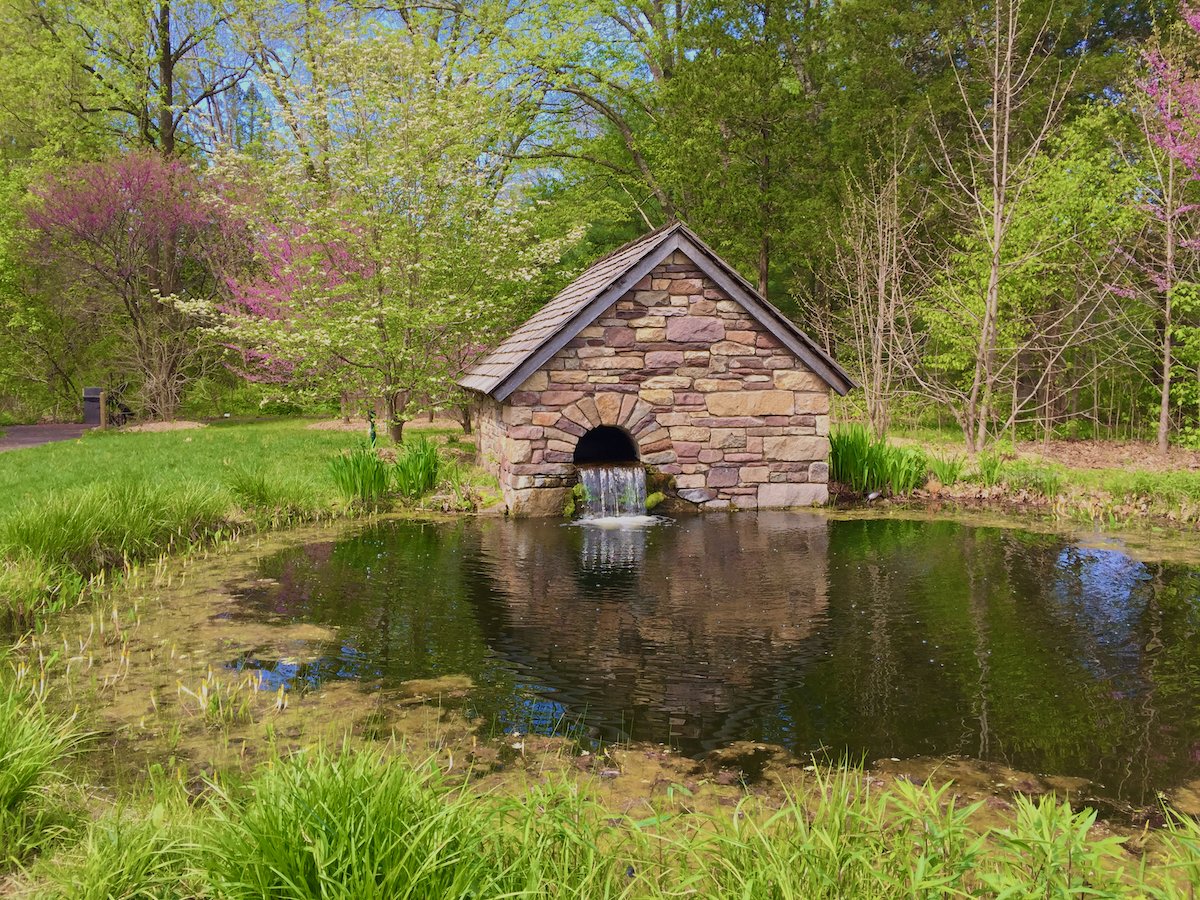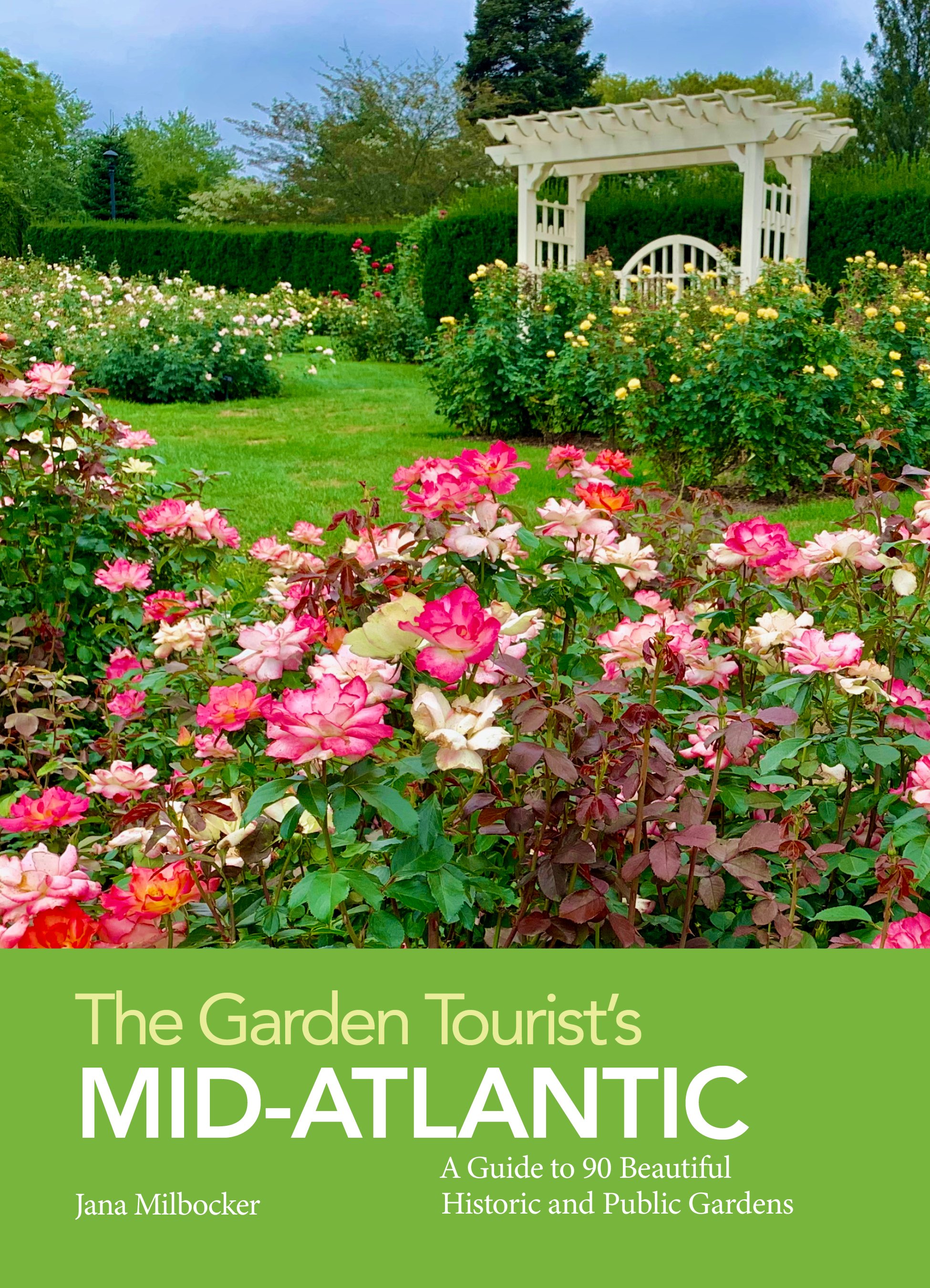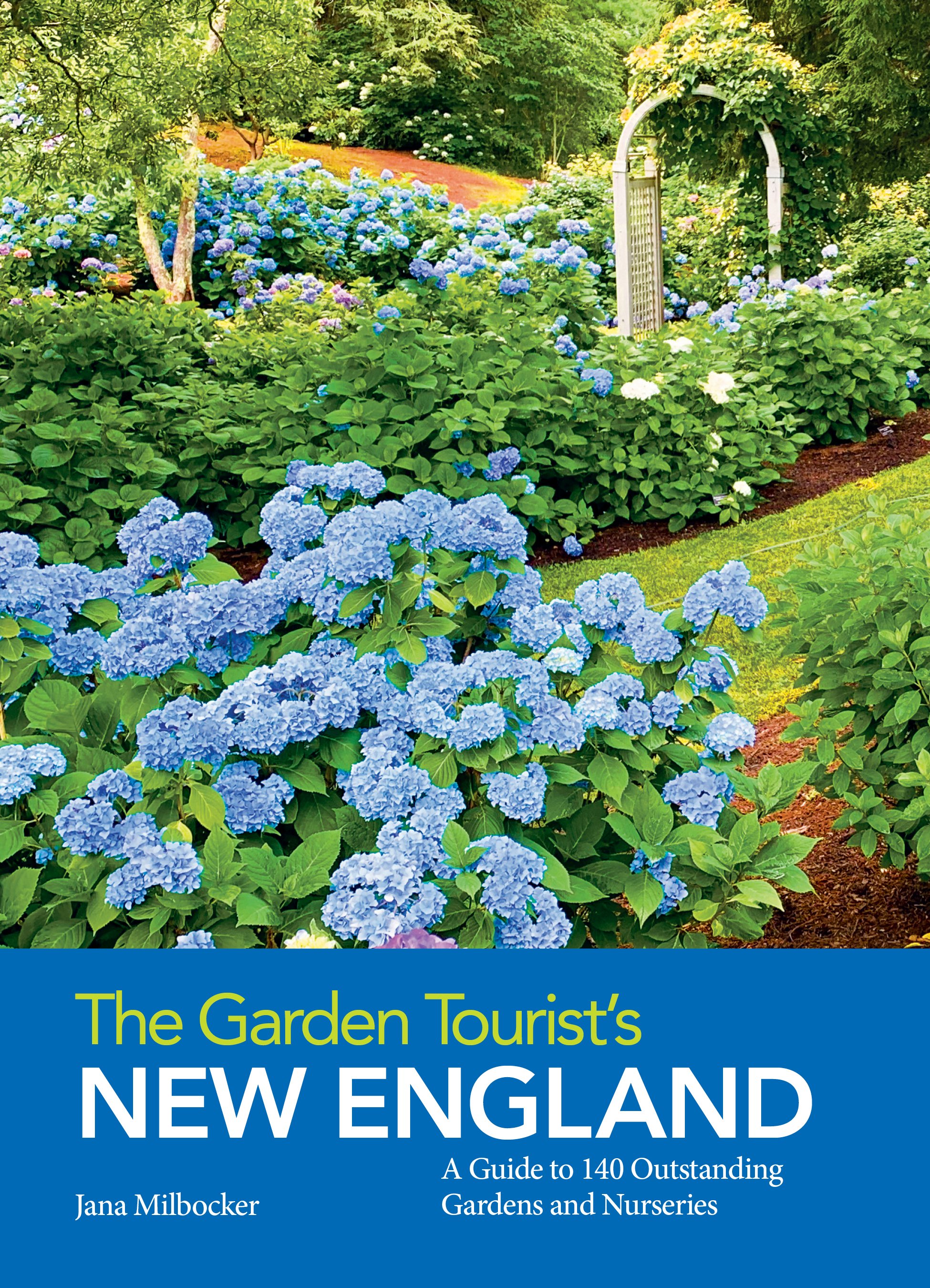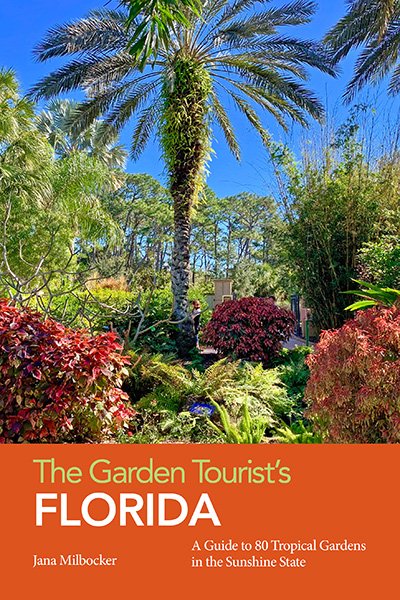Gardens Under Glass
/January and February are the toughest months for gardeners with snow, ice and bitter, cold winds making forays into the garden unpleasant. An afternoon spent in a warm, lushly planted greenhouse is a welcome respite from our Northeast winter. So call one of your gardening friends and make a date to visit one of our local gardens under glass.
courtesy of wellesley college
Wellesley College Global Flora Conservatory
The Global Flora conservatory at Wellesley College is a part of the Wellesley College Botanic Garden. This new conservatory was built in 2019, and houses plants from every continent except Antarctica. Global Flora includes three sections: the Camellia Pavilion, the Dry Biome, which includes plants adapted to desert and dry climates around the world, and the Wet Biome, for plants from subtropical humid regions. (wellesley.edu/about-us/offices-departments/wellesley-college-botanic-gardens)
Roger Williams Park Botanical Center
The Botanical Center opened in 2007, and at 12,000 square feet is the largest public indoor display garden in New England. It includes two main greenhouses: The Conservatory and the Mediterranean Room. The Conservatory has the feeling of a large courtyard surrounded by elegant tall palms. A fountain bubbles and colorful tropical plants bloom beneath stately trees. Immense birds of paradise hide among the palms, like storks in the jungle. The Mediterranean Room is built around a long stucco wall with a circular gate. A densely planted pond with giant koi dominates the room. A small waterfall and a Mediterranean fountain provide soothing background music. All in all, there are over 150 different species and cultivars of plants including 17 types of palms. (providenceri.gov/botanical-center)
Lyman Conservatory at Smith College
The Lyman Conservatory at Smith College houses over 3,000 species of tropical, subtropical, and desert plants in Lord & Burnham greenhouses. A Camellia Corridor leads to the Palm House where a titan arum opens its gigantic flower every three to five years. The Fern House features a Wardian case and New Zealand tree ferns towering above dozens of fern species. Carnivorous plants bask in the Warm Temperate House. Many varieties of orchids share the Stove House with water lilies, papyrus, sugar cane, and bromeliads. The Spring Bulb Show is a delight in March. (garden.smith.edu)
Briggs Garden and Home
Briggs Garden and Home is a family-owned and operated nursery dating to 1961, when the business began as a landscape design and build company. Today the nursery has one of the largest greenhouses in the area, stocked with tropicals, citrus trees, herbs, and baskets overflowing with gorgeous annuals. The retail store is beautifully designed and staged, with a huge selection of garden necessities, ornaments and accessories. There are candles, glass balls, ceramic fish, birdhouses, and elegant glass containers for the terrariums. A charming café allows you to linger over a cappuccino or fruit smoothie and indulge in a sandwich or pastry. (briggsgarden.com)
New England Botanic Garden
New England Botanic Garden’s Orangerie and Limonaia conservatories showcase beautiful collections of subtropical plants, camellias, and citrus trees. The Orangerie is a charming 18th century style greenhouse with potted plants arranged in artful combinations of complementary foliage color, texture and bloom. Statuary, seating nooks, fountains with trickling water and the scents of many blossoms add to its magical charm. The Limonaia – Italian for “Lemon House” – features lemon trees with fruits in many forms and colors, from the school-bus yellow Meyer lemons to the soft-ball sized Ponderosas. Mingling with the lemon trees are camellias, ferns, bougainvillea and forced narcissus. It’s a feast for the senses. (nebg.org)
Isabella Stewart Gardner Museum
The exquisite courtyard garden of Boston’s Isabella Stewart Gardner Museum complements the architecture and artwork of this grand historic mansion. Known for its spring nasturtium display, this indoor city garden is a haven in all seasons. From January to February, masses of tropical plants fill the courtyard with many of shades of green, complemented by clouds of white blossoms on mature jade plants. Norfolk Island pines, tree ferns, begonias and a variety of palms create a green tapestry, while orange and yellow bromeliads, striped Draceaena and colorful crotons provide splashes of color. In late February through March, the courtyard overflows with weeping yellow jasmines and dozens of orchids: lady’s slippers, Moth Orchids, Cattleya, Oncidius, and Cymbidiums. (www.gardnermuseum.org)
Lyman Estate
Orchid and camellia lovers should also visit the Lyman Estate in Waltham, which features one of the oldest surviving greenhouse complexes in the country. A grape house dates back to 1804, a camellia house to 1820, and an orchid house to 1840. The 100 year-old camellia trees are the stars of the Lyman Estate. Related to Camellia sinensis, which is the plant that tea comes from, Camellia japonica is a small ornamental tree valued for its beautiful, rose-like flowers. There are more than 2,000 varieties of Camellia japonica in existence, with colors ranging from white to pale pink to red, and blossoms that may be striped or speckled, and single or double in form. Visit the Lyman Estate and celebrate their camellia blooming season from early February to early March. (www.historicnewengland.org)
Logee’s Greenhouses
A listing of gardens under glass would not be complete without mentioning Logee’s Greenhouses, a destination greenhouse for avid gardeners in Danielson, Conn. In 1900, founder William D. Logee bought a small Ponderosa Lemon tree from a grower in Philadelphia. It was know as the “American Wonder Lemon” because the fruit could get as large as five pounds. Planted in the original greenhouse on the property, the same tree still stands today and is reliably producing five-pound lemons every year. Thousands of lemon trees have been propagated from this original plant. Logee's Greenhouses is renowned for its collection of tropical and exotic plants including a large selection of passion flowers, Angel’s Trumpets, orchids, begonias, jasmines, and of course, citrus trees. (www.logees.com)
New York Botanical Garden
The New York Botanical Garden is a destination year-round. Its Lord & Burnham Conservatory is a remarkable example of Victorian-style glasshouse artistry. It is home to lush tropical rain forests, cactus-filled deserts, orchids, palms, aquatic and carnivorous plants, and seasonal displays. Of special note is the annual Orchid Show, which begins in March. Designed with a different theme each year, it features thousands of gorgeous orchids in unique displays. (nybg.org)
Longwood Gardens
The indoor garden spaces at Longwood Gardens cover more than 10 acre of amazing displays throughout the seasons. The Historic Main Conservatory is a place of perpetual bloom and elegant beauty. Stroll past green lawns, mature trees and sunken pools, surrounded by lush floral displays and massive hanging baskets of flowers. There is a whimsical indoor children’s garden, an Orchid House, a historic ballroom and organ room. The new Longwood Reimagined complex features the Roberto Marx Burle Cascade Garden and the modern West Conservatory with its Mediterranean-inspired landscape. (longwoodgardens.org/gardens)
Hershey Gardens
The Hershey Gardens Butterfly Atrium in the conservatory is a year-round attraction, with hundreds of North American and tropical butterflies fluttering through a tropical oasis. Palm trees, ti plants, hibiscus, and even the cacao tree that is used to make chocolate create a beautiful setting for leopard lacewings, Great Mormons, blue morphos, and many other butterflies and moths. A large Chrysalis Cabinet illustrates the butterfly lifecycle from egg to caterpillar, pupa, and adult. (hersheygardens.org)
A visit to one of these wonderful greenhouses will lift your spirits, fuel your creativity and make the winter seem a little shorter.

